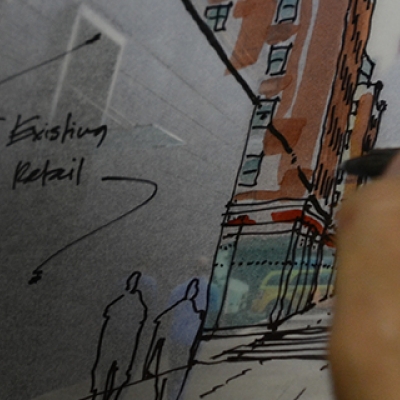I don’t think we talk enough about wonder in planning schools today. That sense of fascination, awe, of being spellbound by the immensity, delicacy, beauty of something, is an essential ingredient of our human spirit, and to making life joyous and meaningful. Yet it goes virtually undiscussed in professional planning programs, with few insights offered about how to go about designing and planning places and communities that provide these experiences. Planners are a wonkish bunch, more likely to wax on about special use permits, density bonuses, and sliding-scale zoning.










